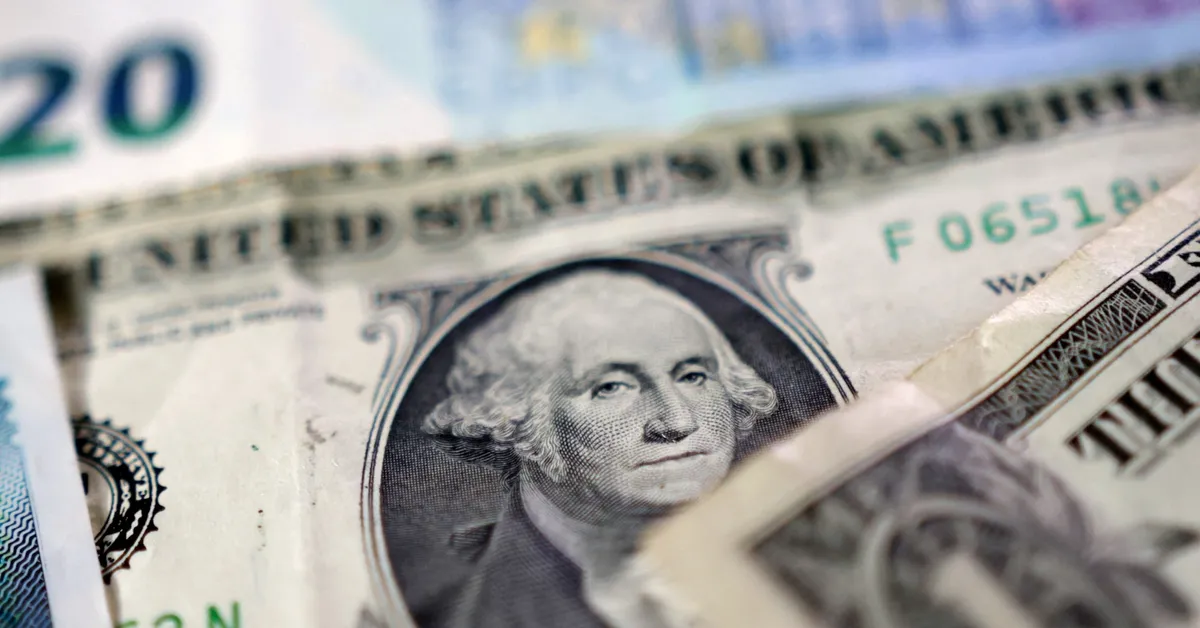
On August 14, 2023, concerns over U.S. stagflation began to permeate global markets, triggered by unexpectedly high inflation data that exerted considerable pressure on U.S. Treasuries. This surge in inflation not only affected the U.S. market but also led to a wave of selling in government bonds across various countries, including Germany and Japan. Wall Street was not spared; futures contracts linked to the Russell 2000 index experienced a decline of 1.2% shortly after the release of official data that revealed a significant increase in U.S. producer prices.
The producer price index (PPI), a critical indicator monitored by investors for signs of inflationary pressures stemming from U.S. trade policies, surged by 0.9% in July compared to the previous month. This figure greatly exceeded the consensus forecast, which anticipated only a 0.2% increase. In immediate response to this data, two-year Treasury yields rose by 4.3 basis points, reaching 3.73%, as market expectations for substantial Federal Reserve rate cuts began to diminish.
Despite the concerning inflation data, money markets reflected a prevailing belief that the Federal Reserve would still lower borrowing costs in its upcoming meeting. Since December, the Fed has maintained its main funds rate at 4.25%-4.5%. However, speculation about a larger 50-basis-point rate cut, which had gained traction following comments from U.S. Treasury Secretary Scott Bessent, quickly faded after the inflation report was released.
The five-year Treasury yield also saw an increase, climbing about 2 basis points to 3.798% as debt prices fell. Paul Eitelman, the global chief investment strategist at Russell Investments, commented, "Inflation is starting to come through. It's not massive yet, but that could certainly continue in coming months."
The U.S. dollar, which had previously weakened in response to anticipated rate cuts, slightly rebounded but remained close to multi-week lows against major currencies. An index that tracks the dollar against peers such as the euro and the Japanese yen increased by 0.3%. The euro, on the other hand, fell by 0.4% to $1.166. In tandem with U.S. Treasuries, government bonds in the UK and euro area also experienced sell-offs, with the benchmark 10-year Bund yield rising by 2.4 basis points to 2.27%. Similarly, the yield on Britain's equivalent gilt increased by 3.7 basis points to 4.626%.
Recent weak job data from the U.S., released on August 1, has drawn attention to the softening U.S. economy and the prospect of rapid rate cuts. While the overall market sentiment has been cautiously optimistic, significant investors are bracing for a potential rise in inflation. A recent survey by Bank of America indicated that around 70% of global investors anticipate U.S. stagflation, where economic growth slows while consumer prices rise, to become the prevailing narrative within the next three months.
In the commodities market, signs of geopolitical tension emerged ahead of a summit between U.S. President Donald Trump and Russian President Vladimir Putin scheduled for Friday. Trump had issued warnings of severe consequences should Putin fail to agree to peace in Ukraine, even suggesting a potential second summit that would include Ukrainian President Volodymyr Zelenskiy. Amid these developments, Brent crude oil prices saw a 1.2% increase, rising to $66.39 a barrel, while U.S. crude climbed 1.3% to $63.43.
In contrast, spot gold prices, which typically rise in response to geopolitical and inflation risks, deviated from the market trend, falling by 0.2% to $3,346 an ounce.
Reporting by Naomi Rovnick in London and Jaspreet Kalra in Singapore; editing by Muralikumar Anantharaman, Kim Coghill, Christina Fincher, and Amanda Cooper.